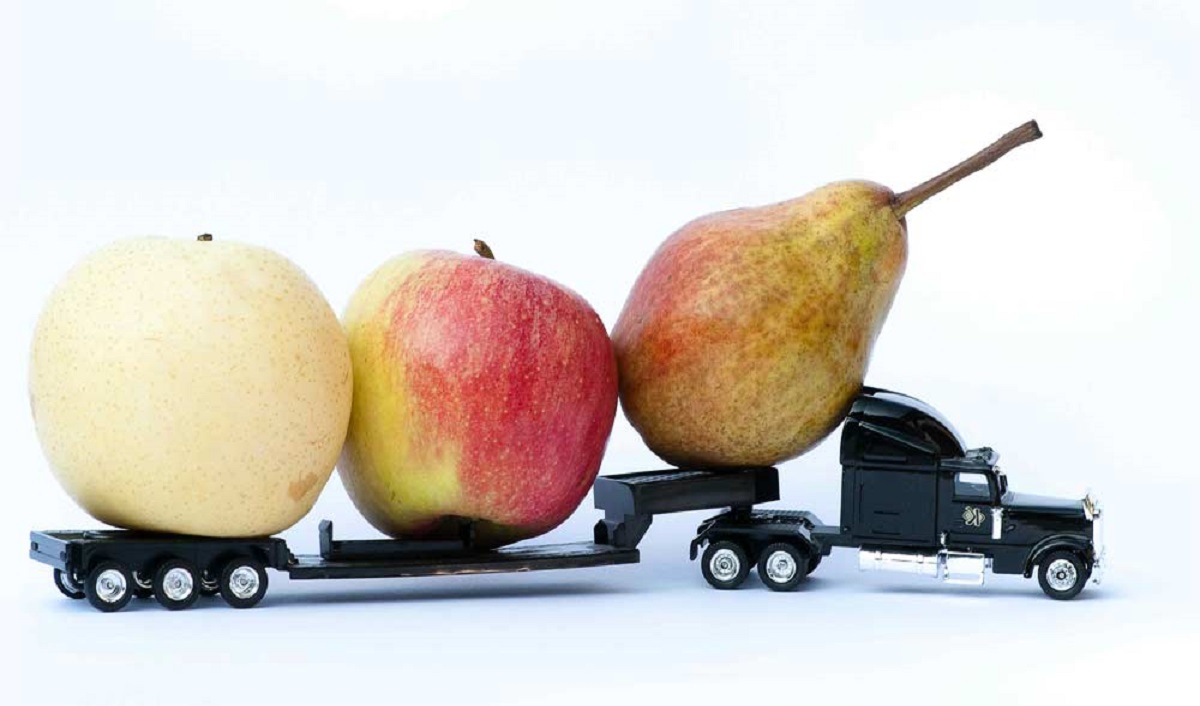
Supply chain management is an essential process in any industry, particularly so in the increasingly competitive f&b sector where the success of every restaurant depends on its ability to maintain a stable supply chain. With the industry constantly changing and evolving consumer trends, it has become utmost important for any restaurant operator to prioritise their supply chain operation. It should include monitoring the latest trend, analyze the performance of their existing supply chain, and optimising it according to the demand and the market shifts.
However, managing a restaurant’s supply chain is often easier said than done. In fact, it requires several key solutions in order to build a truly cost-effective supply chain. The quality of supplies and suppliers, as well as how you manage them, can make or break a restaurant business. Overpriced supplies can ruin the budget before the doors even open. On the other hand, cutting corners on quality can destroy the reputation and leave the customers looking for better quality somewhere else.
Also Read: Supply Chain Procurement Priorities during COVID19 – the Black Swan of 2020
Integrating with POS system
“Restaurant supply chain management is about finding ways to minimize inventory loss and food costs while streamlining day-to-day practices and maintaining consistent food quality,” shared Kasinn Khaowprasert, Director, CP Avant who believed that streamlined inventory management begins with a deep understanding of the recipes and knowing the exact quantity of ingredient required for a particular dish. This provides a fixed quantity as well as a price point for every ingredient and also guarantees food consistency.
He also further suggested that using an inventory management system integrated with POS system may aid the restaurant business. “Since the restaurant POS system contains valuable historical data about sales, accounting, and customer behaviour, it can be used to make better operational decisions in the future and also help predict future demands,” Khaowprasert added.
Replacing the old conventional method
Despite major advancements in recent years in supply chain technology, most restaurateurs and their vendors/suppliers are still not connected with a unified view of supply and demand. When this supply – demand for a restaurant goes out of sync, it leads to losses at several levels. Wastage in the kitchen, unconfirmed supply of resources and finally broken customer service is the resultant of the sub-optimal restaurant supply chain.
The most effective way according to Rajat Jaiswal, Co-founder of Wat-a-Burger is to explore suitable modern and technology-based solutions that can provide clear monitoring of the operations, consumption and also have an own procurement channel.
“The idea is to replace the old conventional methods of manual functioning with new-age options. It is better to tie up with the modern and technology-based supply chain partners that have sufficient knowledge of your niche and come with the required experience to merge the obtained data from your outlet with their own procurement processes,” Jaiswal pointed.
Overcoming the supply chain pressure in trying times
So far, 2020 and the present year is more like a roller coaster ride for most food service providers. Now, as restaurants across the country started to reopen and operate with new operational characteristics, these changes will ultimately become the ‘new normal’. But, restaurant concepts will continue to face increasing pressure to effectively manage their supply chains during this unprecedented level of disruption.
“Before the pandemic, the restaurants weren’t resilient enough to work without staff. Human workforce dependency was very high and the main driving force running the supply chain. This dependency often resulted in blocking the smooth flow operations. In the post-pandemic era, with the least manual workforce deputation, the restaurant industry was able to lean on technology for executing the supply chain,” Kushang, co-founder & CEO of a cloud-based procurement management suite, SupplyNote said.
May Interest: How India’s top Restaurants battle with supply chain
In these trying times, apart from taking the help of technology, restaurateurs should also come up together and form a consortium for procurement which may be of major help in cost-cutting. Food costs are one of the largest costs for restaurants. Forming up a consortium for procurement and supply chain can aid the bleeding industry.
Simply managing the supply chain isn’t enough in today’s market. As the foodservice industry continues to evolve for the future, it’s critical that the supply chain is viewed as a road map. Plan for various routes and stopping points that all ensure the ability to flex with today’s significant shifts in direction.
Continuous improvement and ongoing supply chain optimization strategies will continue to differentiate acceptable foodservice companies from superior ones.
Copyright © 2009 - 2024 Restaurant India.









